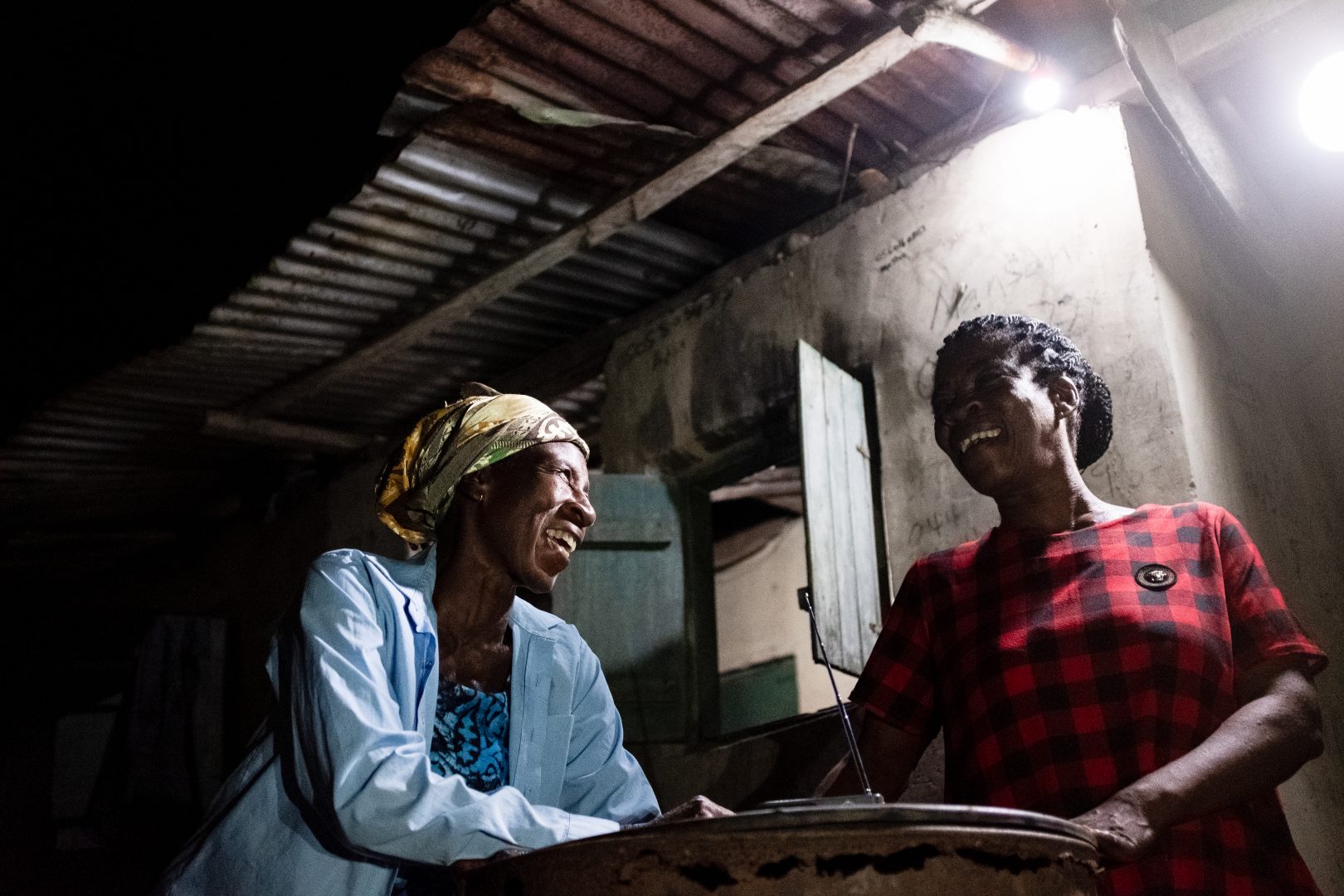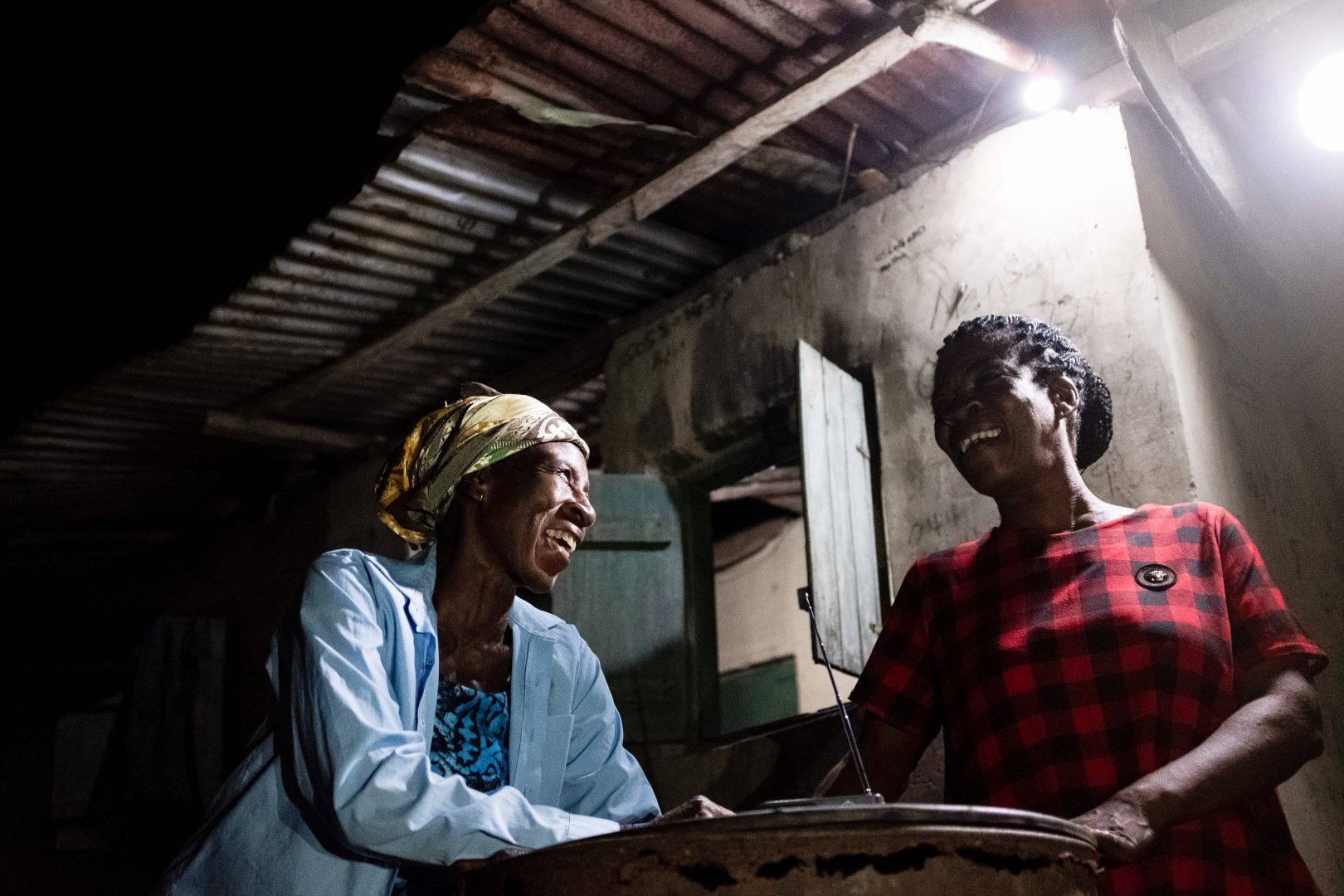The global movement of gender-smart investing is gathering momentum. In 2018, 496 institutional asset owners reported that they applied gender lens criteria to $868 billion in assets; more than double the $397 billion identified in 2016[1].
This momentum is much-needed. In their 2020 Global Gender Gap Report the World Economic Forum report that, at the current rate of change, it could take 257 years to close the gender gap in economic participation and opportunity globally. But the opportunity is huge – according to McKinsey, if women’s participation rates in the global economy were the same as men’s it would add $28 trillion to annual GDP by 2025.
At CDC, we’re proud to be at the forefront of this gender-smart investing. But given the scale of the challenge and opportunity, we know that collaboration across the industry is essential to harness and maximise our potential collective impact towards Sustainable Development Goal 5. As investors increasingly drive capital towards gender-smart initiatives, the need for a shared approach to measuring impact has become clear. Achieving industry alignment on how to measure and manage the impact of investments on women will enable better benchmarking across the industry and ultimately lead to improved gender impact performance, by driving efficiency in the way both investors and investees report impact.
That’s why we’ve joined forces with other impact investors to create an industry standard that will enable the global investment community to better measure the gender impact of their financial commitments. This collaborative effort started with the 2X Challenge members and European Development Finance Institutions coming together to develop gender impact indicators. It’s been extended by working with the Global Impact Investing Network (GIIN) to align these indicators with gender metrics in their ‘IRIS +’ system for measuring and managing impact.
We are now pleased to publish our guidance note, How to Measure the Gender Impact of Investments: Using the 2X Challenge Indicators in Alignment with IRIS+, which provides a practical guide for both investors and investees to apply these indicators.
The shift towards a joint approach already has the potential to make a difference – the 15 DFIs alone who have signed up to adopt these indicators have over $113 billion assets under management. At CDC, this means we’re integrating these indicators in to reporting requirements for all new direct equity and debt investments, and will be continuing our work to strengthen women’s economic empowerment across all the businesses we invest in.
But the impact can be even greater with others adopting this approach. We look forward to welcoming other multinational financial institutions in signing up to the indicators in the coming months. And we call on investors and investees to apply these metrics too. This is not only an opportunity for businesses to demonstrate their eligibility for investment through the 2X Challenge, but by constructing a clearer collective picture of the impact of all forms of gender-smart investing we will ultimately better support women’s economic empowerment around the world.
[1] https://www.wharton.upenn.edu/story/7-takeaways-from-project-sage-2-0-the-global-scan-of-gender-lens-private-equity-vc-and-private-debt-funds/














